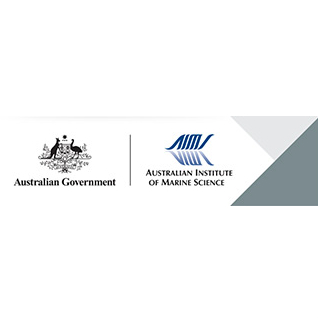Brief description
The survey was a collaboration between the Australian Institute of Marine Science (AIMS) and Geoscience Australia (GA) aboard RV Solander, as part of the CERF Marine Biodiversity Hub's Surrogates Program. The purpose of the survey was to collect high-quality, accurately co-located data test a range of physical parameters for relationships to the biodiversity and seabed patterns across the offshore Carnarvon shelf, adjacent to Ningaloo. Estimates of relative importance of latitude, distance offshore, water depth, physical setting, exposure and local habitat complexity were explored in relation to biodiversity patterns in the region. Seabed benthic habitats were examined for distribution and abundance of marine flora and fauna, and for habitat complexity. Towed-video transects, epi-faunal sleds and infaunal grabs were collected across the shelf areas of three sites: Mandu, Point Cloates and Gnaraloo. Towed-video observations and analysis characterised each site’s habitat and macro-organisms, with forward facing video camera and down-facing stills camera towed for approximately 500m from the near shore to shelf break area. Using the AIMS habitat classifications Scheme (Speare et al., 2004) substrata, benthos, and individual organisms are recorded. Total video states at each sites: Mandu (32), Point Cloates (44) and Gnaraloo (46) Two towed epi-benthic sleds sampled benthic assemblages and distribution of epifauna at seabed stations across the three survey areas. Samples retrieved were weighed for total mass, and specimens were then sorted into taxa-similar groups, photographed and preserved. At some stations, images were recorded during tow deployment. All epi-faunal samples were transported to the Museum of Western Australia for storage, further processing, taxonomic identification. Total of epi-benthic sleds collected: Mandu (30), Point Cloates (38) and Gnaraloo (34) Sediment samples were collected at stations with a Smith-McIntyre Grab sampler for infaunal distribution and abundance. Two grab attempts were made at each site, and successful grab samples were sieved and retained material was preserved. Samples were transported to GeoScience Australia for sorting and analysis.Lineage
Maintenance and Update Frequency: asNeededNotes
CreditDoherty, P.J. AIMS
Battershill, C. AIMS
Heyward, A (Co Investigator). Australian Institute of Marine Science (AIMS)
Colquhoun, J. AIMS
GeoScience Australia
Modified: 17 10 2024
text: westlimit=113.44757080078126; southlimit=-23.531254824436434; eastlimit=113.44757080078126; northlimit=-23.531254824436434
text: westlimit=114.3120574951172; southlimit=-21.62232440569188; eastlimit=114.3120574951172; northlimit=-21.62232440569188
text: westlimit=113.75518798828126; southlimit=-21.98125451723511; eastlimit=113.75518798828126; northlimit=-21.98125451723511
text: westlimit=113.55194091796876; southlimit=-22.469416459383854; eastlimit=113.55194091796876; northlimit=-22.469416459383854
Carnarvon Shelf Survey Post-Survey Report. 12 August - 15 September 2008: Brooke B, Nichol S, Hughes M, McArthur M, Anderson TJ, Przeslawski R, Siwabessy J, Heyward AJ, Battershill CN, Colquhoun J and Doherty PJ (2009) Carnarvon Shelf Survey Post-Survey Report. 12 August - 15 September 2008. Geoscience Australia Record 2009/02. Geoscience Australia. 101 p.
local : articleId=8084
global : 8919f331-af43-4637-bbb8-81b8d56894dd
- global : 26045193-1e3d-4cc2-8bf2-34fd9c8d55a4


